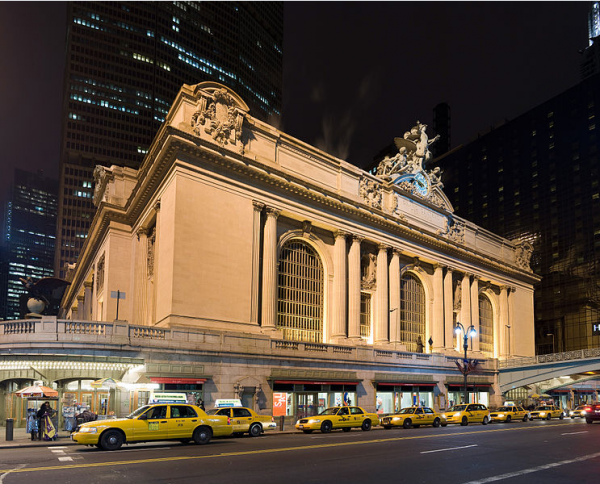In looking at the potential future of public transportation, it is important to consider how current conditions may progress in the years to come. A primary area of concern for citizens in countries all over the world, but especially the United States, is the continual rise of fuel prices. Today the average price of a gallon of gasoline in the US is around $3.60.
This represents a four-year high and is indicative of a trend that has already had an impact on many areas of American life including purchasing habits, miles driven annually, and use of alternative transportation options. Polling of attitudes related to government spending on transportation reflects greater support for developing public transportation resources.
For instance, 82% of respondents said they would support expanded rail and bus lines in their area, while 59% feel that the federal government should devote more of the budget to transportation-related spending. Both public agencies like the Department of Transportation and private engineering firms have responded in developing new policies and technology.
Plans and Technology
The Obama administration has adopted several policies promoting efficient transportation options. A very popular buy-back program known as “Cash for Clunkers,” initiated in 2010, allowed owners of aging, low-mileage vehicles to receive a significant rebate towards the purchase of a more fuel efficient vehicle. In addition to rebate programs, the federal government has set ambitious efficiency standards that all new vehicles must meet. Beginning in 2017, all vehicles in that model year must achieve at least 36 MPG, a standard which is set to increase to 54 MPG in 2025.
Public transportation technology will undoubtedly play a key role in the future, and a few strategies that the Department of Transportation is exploring include a high-speed transcontinental rail system, “clean” buses, and connected vehicle technology that may have the potential to dramatically reduce automobile accidents. Numerous private companies have begun developing ideas for future transportation systems, with several already reaching the application phase. One example receiving a large amount of interest is an ultra high-speed rail system utilizing Maglev technology. These trains are already capable of achieving speeds well over one hundred miles per hour, and only time will tell how efficient these systems become.
Other Countries
The United States is currently lagging far behind many other industrialized countries in implementing new public transportation strategies. Most European and Asian nations have operated high speed rail systems for years and utilize cutting edge technology to improve efficiency. For instance Hong Kong and Austria have enabled passengers to pay for all public transportation, whether it be bus, train, or subway, with a single card. South Korea is on track to provide wireless internet connectivity on all public transport vehicles. In general, those countries identified as having the most effective transportation systems all utilize a multi-pronged approach to providing efficient service for their citizens. The average person has the ability to choose between several modes of transport to get to their desired destination, making transportation a popular option (rather than a last resort).
Innovation is likely to continue being driven forward by engineers operating in countries that have a history of embracing new ideas. A current example is the work being done to revolutionize the way we think about bus stops. Instead of having an established route that each bus follows on a daily schedule regardless of ridership, a new system would alter routes in response to changes in passenger demand. This could be made possible by implementing a new network in buses that would be integrated with individual smart phones and react in real-time to passenger activity.
With oil supplies drying up and gasoline prices perennially on the rise, public transportation is becoming more appealing, and more environmentally friendly, every day.
This article was provided by Mike Gordon, environment-friendly tech geek, avid traveler and recent business school grad. If you do a lot of traveling like Mike, he suggests looking into the travel insurance brand protectyourbubble.com to keep your belongings safe and insured during your adventures around the country.









